13 Backyard Renovation Mistakes to Avoid, According to Experts
Everything from hardscapes to lighting require a design plan before getting started.
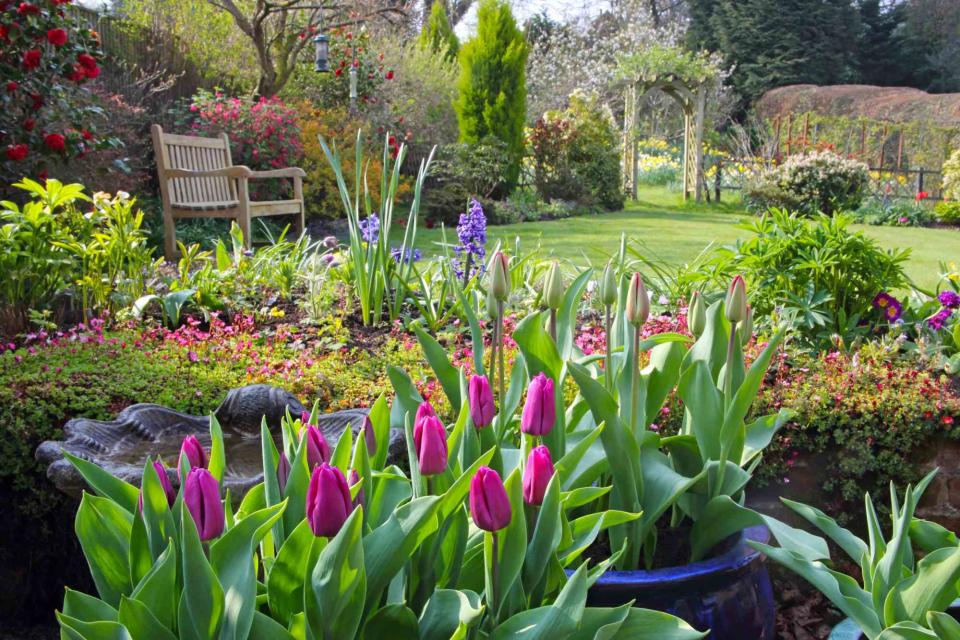
When the weather starts to warm up, there's likely few places you'd rather be than your backyard. Time spent tending to your garden, preparing for outdoor parties, or simply enjoying a morning cup of coffee are all things that make this outdoor space a haven come spring and summer. But if you don't feel this way about your own backyard, it may be time for a revamp. Whether you want to add more dining space or simply create visual interest with plants and additional lighting, there are plenty of backyard renovation projects that can elevate your outdoor space. But before getting started, you'll need to be aware of some common mistakes many homeowners make during their own backyard remodels.
Related: 10 Mistakes to Avoid During Your Kitchen Renovation, According to Interior Designers
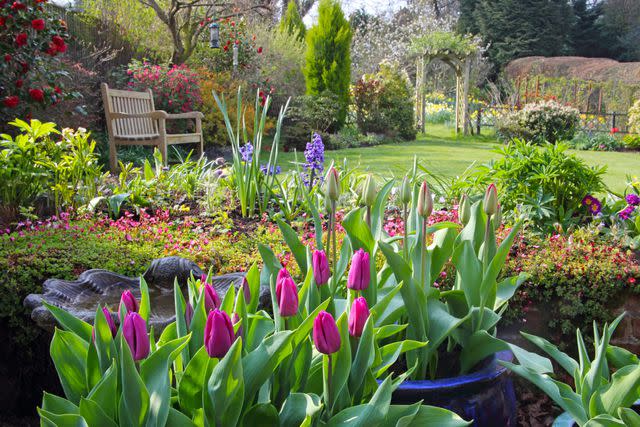
Not Setting a Budget
Setting a budget is the first thing you should do when starting any home renovation. "As a homeowner, you should know how much you are willing to invest so your team can design with that in mind," says Janice Parker, landscape architect and founder of Janice Parker Landscape Architects. "You may want to speak to a realtor for advice on what your improvements could mean for the resale value before committing to a plan." You can even use their advice to guide your budget—putting projects that increase the value of your home at the top of your priorities list.
Not Drafting a Plan
Come up with a game plan that will prevent you from running into costly mistakes down the line. "With a plan in place, you can be sure that any disturbances to the land are executed in a way that prevents duplication of work," says Parker. "It is always tempting to start with the areas you use the most, but the last thing you want is to have to disturb an area that is already completed to gain access for construction." As you draft your plan, you should also write down any materials you need and the professionals you want to hire to execute the renovation.
Hiring the Wrong Professionals
There are some home projects that are easy enough to DIY, but a backyard renovation typically requires professionals. "The coordination of vendors, contractors, and legal details aren't for everyone," says Parker. "Depending on your project scope, I would speak with a landscape architect." A landscape architect will help you design a plan, find out if a permit is needed, and ensure you hire the right vendors and contractors for your projects. Additionally, you should always hire a professional for drainage and stormwater water management concerns, as well as for any projects that require working with electricity, water, or gas.
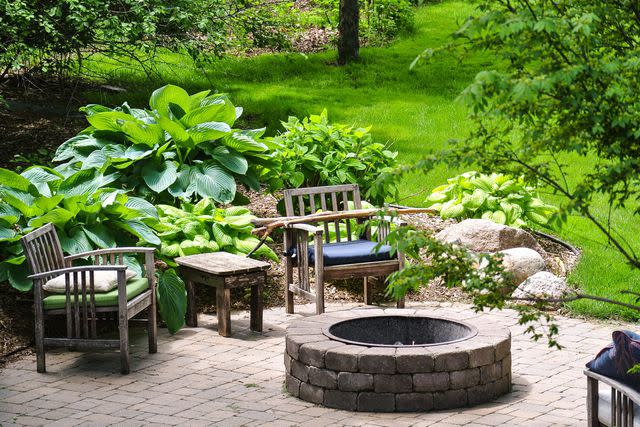
Choosing Non-Durable Patio Furniture
Select patio furniture that can stand up to the elements and won't wear or tear quickly. "When shopping for outdoor furnishings, sit in the pieces to confirm comfort, inspect the legs to make sure they are compatible with your decking, and check the fabric labels to ensure UV protection and durability," says Kerrie Kelly, creative director of Kerrie Kelly Design Lab. "Lastly, feel the weight of each piece to confirm the new furnishings won't blow away in the first storm."
Not Considering Zoning Laws
Depending on the scope of your project, it's important to look into zoning laws and obtain any necessary permits before getting started. "Building permits are written authorizations issued by a city or county to construct a project," says Kelly. "They are required for most construction or remodeling projects, in order to ensure the safety of the work and its compliance with building, construction, and zoning codes."
Not Providing Sun Protection
When designing your patio or deck, don't forget to plan for the sun. "Take the time to understand where the sun hits your terraces, and then consider features such as umbrellas, awnings, or a pergola shade structure if you plan to spend a lot of time outside," says Parker.
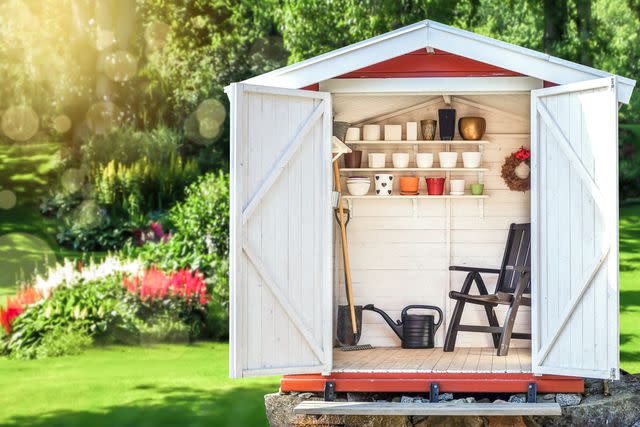
Not Adding Storage Space
From gardening tools to pool toys, backyard storage space is a must. "One of my favorite opportunities is built-in benches with liftable seats," says Parker. "These hidden options are perfect for cushions, extra towels, toys, and portable lanterns—basically anything you would need to enjoy a space, but would want to protect when not in use."
Not Consulting an Irrigation Specialist
It's likely your current irrigation system will need to be modified for the new layout when renovating your backyard. For example, when installing hardscape, it's critical to direct the runoff toward appropriate drainage locations and not to create water problems for you or your neighbors. "Consult with an irrigation specialist prior and integrate the system into your new plan," says Joe Raboine, director of residential hardscapes, Belgard. "Doing so upfront will save a lot of money and headaches once your project begins."
Not Considering Climate
When choosing materials for your deck and patio, it's first important to understand what the weather in your area can do to certain materials. "If you live in a frost-free area, you will most likely get a lot of sun, so color will matter tremendously—too dark and it will become hot enough to be unusable, but too light and it can be blinding," says Parker. "If you live further north, you need to be aware of how the material is installed, and what will tolerate the temperature swings for your zone." Generally, most concrete or porcelain pavers, as well as composite decking, can withstand the elements, but a professional will be able to provide guidance suited to your location.
Related: 6 Small Backyard Landscaping Ideas That Will Maximize and Elevate Your Space

Using Too Little or Too Much Lighting
The most common backyard lighting mistake is adding too much or too little. "Certain features must be properly lit for safety—think stairs, kitchen areas, and pool terraces, but that doesn't mean you should flood light onto the entire property," says Parker. "Use your planting beds, or trees as focal points and provide some uplighting to guide you through the landscape." For entertaining, hanging lanterns are an effective way to add ambience.
Not Considering Scale
You need to ensure there is enough room for your guests, as well as all of the amenities you want to include in your backyard. "Consider this space as another room in your house and understand how you will be using it before committing to anything," says Parker. Measure your outdoor area and create a sample layout that ensures you can fit all of your amenities, (furniture, a fire pit, grill, kitchen, planters, etc.) and still have room for guests. "Remember, we don't want pieces too close to the fire pit or too far away from key areas such as the outdoor kitchen," says Kelly.
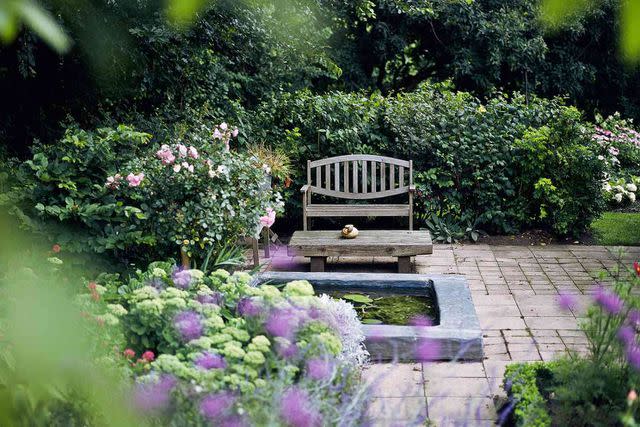
Growing Plants in the Wrong Location
Plants and flowers can add season-long beauty to your backyard, but they do require careful planning. "Without an idea or design plan, you risk your landscaping not turning out how you envisioned," says Raboine. "Many people may also opt for plants that do not thrive in their geographic location, so they don't bloom or live as long as expected."
Once you know a plant can thrive in your climate, also ensure you're choosing the right location for it in your garden. "Most plants have very specific requirements when it comes to soil type, drainage, and sun or shade," says Raboine. "Be sure to consider whether or not the plants you like will work in the space and flourish."
Not Considering Future Plant Growth
While you may envision a beautiful, grown-in landscape, you need to ensure you'll be able to keep up with your garden's maintenance from year to year. Before planting, consider each plant's mature height and width to leave room for future growth. "I have found that the plants will suffer if they are too close together," says Parker. "A great landscape takes the needs of the plants into account first and foremost."

